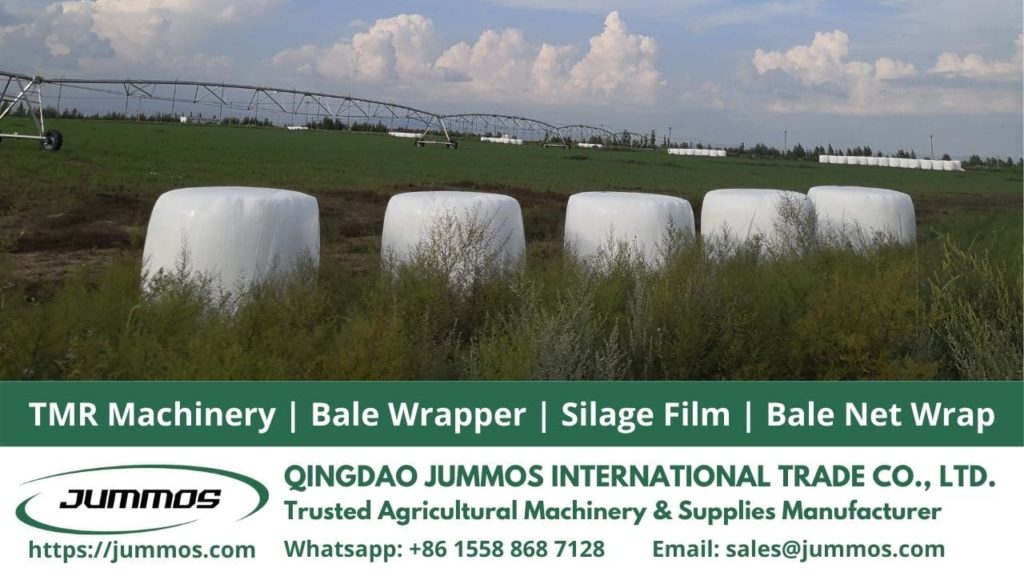Commonly, making silage is to preserve and reduce the loss of nutrients from forage for long-term use. Silage is made if forage production is in large quantities. Breeders can store as much forage as possible during the rainy season. Forage will be abundant during the rainy season or the harvest period comes. Later, farmers can use grass silage during the dry season or when green food sources run low. Silage is usually given to ruminants such as cattle, buffalo, sheep, and goats. It can come from agricultural waste such as corn (stems and leaves), peanut leaves, and others. In addition to the main ingredients, it is also necessary to have a concentrated material, namely bran or rice bran.
Contents
How are the Advantages?
The abundance of forage in the rainy season is an opportunity for farmers to save forage for the dry season. The forage feed can be stored for 1 to 6 months, or even one year. But how can the forage that is stored not dry and the nutritional value or protein is not reduced? For this reason, one more technology for forage is introduced. Grass silage is one of the main types of animal feed, especially for the limited green forage.
This silage process involves bacteria or microbes, namely Lactis Acid and Streptococcus, which live anaerobically with a pH level of 4. Therefore, why during the silage process, forage feed is stored in tightly closed plastic bags or silos so that the silage process runs well. Keep the forage from other bacteria and fungi.
- As a reserve and supply of animal feed during the dry season.
- To store and accommodate excess forage during the rainy season.
- Maintain the forage feed in conditions with the best nutritional value (protein, vitamin, and others).
- Utilizing feed sources from agricultural waste or agroindustry products such as rice bran, bran, oil palm cake, tofu dregs, corn, and others.
Making Grass Silage in Simple Steps
As we know, silage has many advantages to keep the stock for the feed. The advanced technology in horticulture influences many industries or persons for doing more and efficient. Making silage from grass is not always easy. There are three considerations before taking the process.
First, the time for lifting the grass from the field. Some experiments show that the cutting process in the early morning tends to give wilt better than afternoon cutting. The second is the weather condition. The rained grass will take a longer time for wilting. The last is the measurement of material added in the process. The third consideration includes the way in the silage progress (the application and the treatment).
- Cut the forage into small pieces measuring 5-10 cm to make it easier for farmers when storing feed ingredients into containers.
- Combine all ingredients and stir until smooth.
- After becoming a mixture, put the feed ingredients into the silo or container that has been prepared. During loading the material into the silo, the material is pressed fully. The process aims to make the materials in the silo become airtight.
- Close the silage container tightly, use a ballast on it to prevent the possibility of air’s existence.
- Store the feed materials stand for 6-8 weeks.
- Give directly to livestock after the fermentation process is complete.
Grass silage can last between 6 months to 1 year, depending on the treatment after the silage is completed. The result should still be in the form of forage. This green feed indicates that the quality of the ingredients is still good. The utilization of silage is also one way to increase the value of agricultural waste. Agricultural waste can be used as long-term food for ruminants.
Recommended Product for Better Result
Progress and development in any field cannot be separated from technological progress; the agricultural revolution is driven by the invention of machines and new ways in agriculture. If there is no change in technology, agricultural development will stop. Production stops; the increase can even decrease due to declining soil fertility or increasing damage by pests and diseases that are still rampant.
The way of choosing the machinery is quite hard. Guarantee and experience industries are the two factors you should consider includes in the way of grass silage making. Find out and buy the product from Jummos as we provide the various types of machinery, including silage wrapper. We always able to meet the needs of small or large industries.

